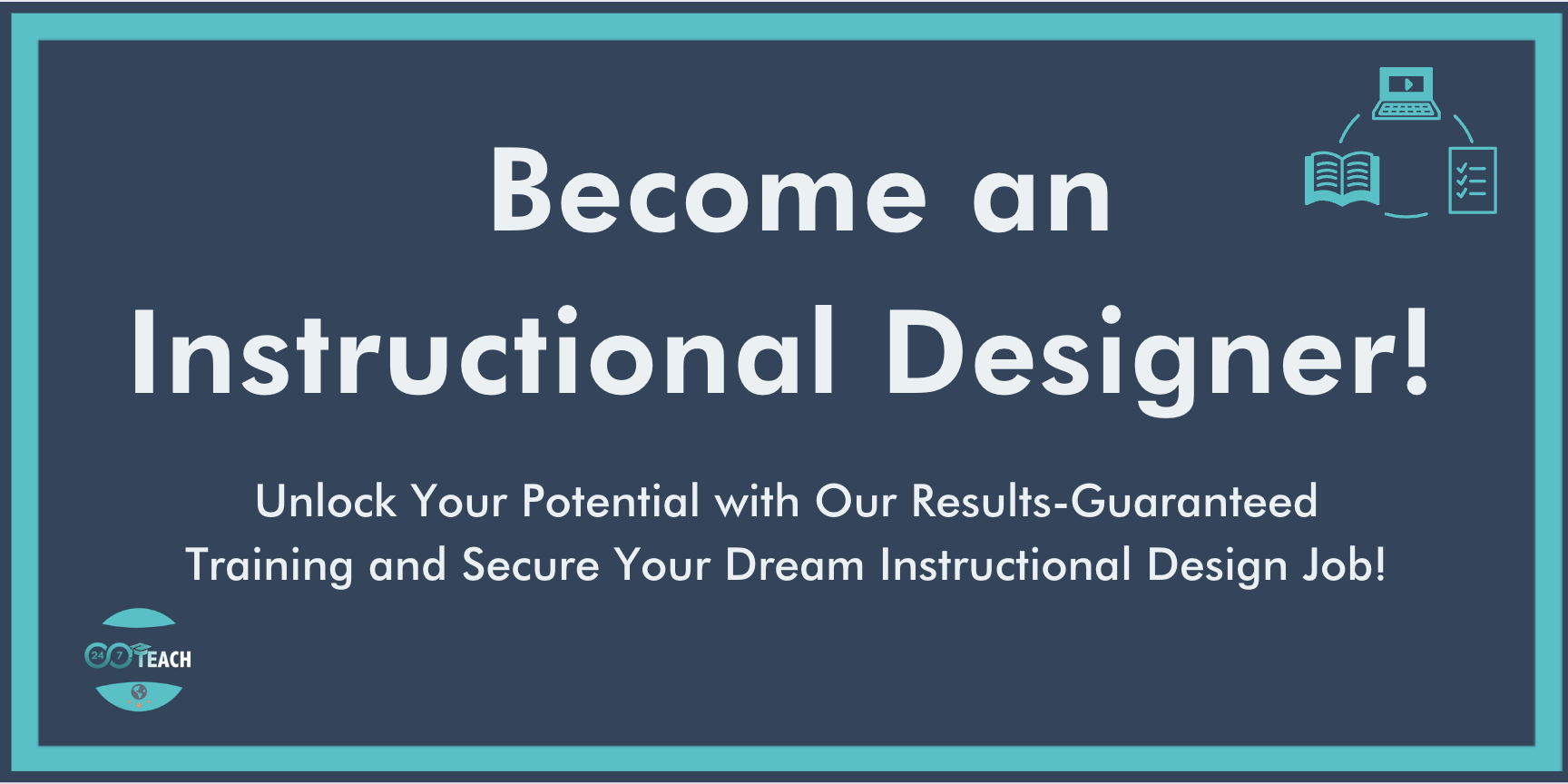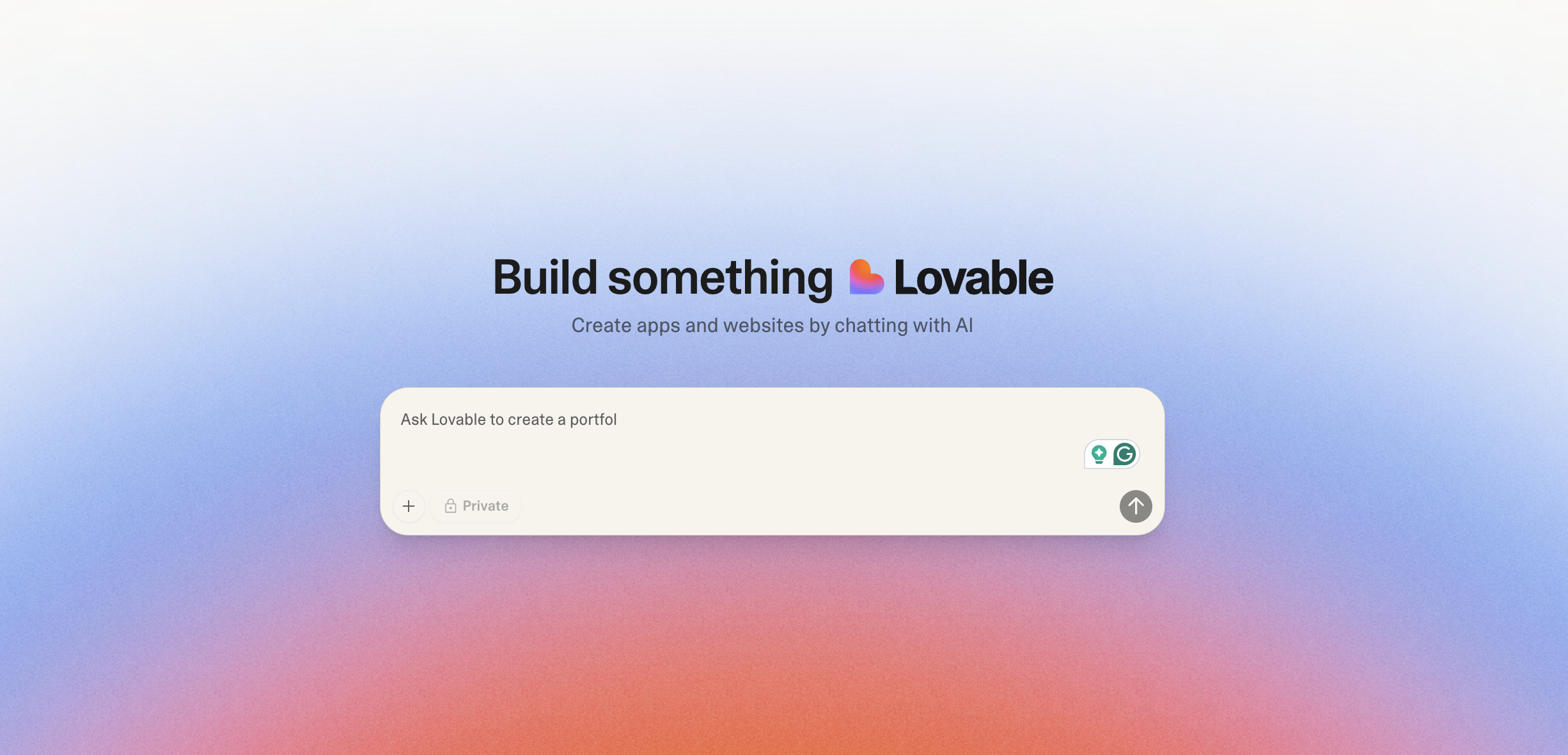Evaluating Course Effectiveness: A Guide for New Instructional Designers
By Anthony Miller
Hiring Manager and Instructional Designer
Prefer to listen to this post? Click below.
How to Evaluate Your Course or Training Effectiveness:
As an instructional design trainer and hiring manager, I've observed that many new instructional designers excel at creating engaging course content but often struggle with one crucial aspect: effectively evaluating the impact of their courses. This comprehensive guide is aimed at helping you, as a new instructional designer, navigate through the process of assessing the effectiveness of your courses, with a particular focus on the widely respected Kirkpatrick Model.
The Imperative of Effective Evaluation:
In the world of instructional design, crafting content is only a part of the success equation. The real measure of a course's worth lies in its ability to achieve intended outcomes - whether enhancing skills, changing behaviors, or contributing to organizational goals. Understanding and implementing effective evaluation strategies is crucial in determining whether these objectives are met.
Demystifying the Kirkpatrick Model
The Kirkpatrick Model, established in 1954 by Donald Kirkpatrick, remains a gold standard in assessing training effectiveness. This model provides a comprehensive framework that works across various sectors, including government, military, corporate, and others. Its flexibility and universal applicability make it an invaluable tool for instructional designers.
Level 1: Reaction
This level assesses how participants react to the training. Immediate feedback, usually via surveys or feedback forms, helps gauge the training's engagement level and perceived relevance.
Level 2: Learning
Here, the focus is on understanding whether participants have effectively learned from the training. This involves evaluating knowledge, skills, and attitude changes through tests and simulations.
Level 3: Behavior
Behavioral change, a critical indicator of training effectiveness, is measured at this level. It examines the application of learned skills in real-world settings, often requiring follow-up assessments and managerial feedback.
Level 4: Results
The final level evaluates the tangible organizational impact of the training, such as improvements in productivity or quality. This involves a deeper analysis of performance metrics and ROI.
Applying the Model in Reverse
Experts suggest starting with the desired results (Level 4) and working backward. This reverse application aligns each training aspect with specific organizational goals, ensuring the training is strategically focused.
Alternatives to the Kirkpatrick Model
While the Kirkpatrick Model is effective, it's not the sole framework at your disposal. The Phillips ROI Model adds an ROI calculation to the Kirkpatrick Model, and Brinkerhoff's Success Case Method focuses on identifying the most and least successful cases to understand the impact.
Phillips ROI Model:
The Phillips ROI Model, developed by Dr. Jack Phillips, is an advanced approach to training evaluation, extending the Kirkpatrick Model by adding a fifth level focused on Return on Investment (ROI).
This model delves into the financial impact of training and development programs. After measuring the four levels of the Kirkpatrick Model - Reaction, Learning, Behavior, and Results - the Phillips ROI Model takes an extra step to convert the results into monetary values. It then compares these values to the program's overall cost, providing a clear picture of the financial return on investment.
This method is particularly useful for organizations looking to justify training expenditures in concrete financial terms. It assesses the true economic value of training programs by quantifying outcomes such as improved productivity, reduced costs, and enhanced quality of work, converting these improvements into financial gains that can be weighed against the costs of the training program.
Brinkerhoff's Success Case Method
Developed by Dr. Robert O. Brinkerhoff, Brinkerhoff's Success Case method is a unique approach to evaluating the impact and effectiveness of training programs. This method focuses on identifying the most and least successful cases within a training program and closely examining these extremes through in-depth interviews and qualitative analysis. The primary goal is to uncover detailed stories or scenarios that illustrate how different individuals have applied the training effectively or ineffectively.
By analyzing these success and non-success cases, the method provides valuable insights into how and why certain aspects of the training work or don't work. This approach not only highlights the most impactful elements of the training but also sheds light on potential improvements or adjustments needed for future iterations.
Unlike traditional models that might rely heavily on quantitative data, Brinkerhoff's Success Case Method offers a more narrative-driven, qualitative understanding of a training program's real-world application and impact.
How to Evaluate Your Course or Training Effectiveness:
Implementing Effective Evaluation: Effective evaluation is more than just an end-of-course activity; it should be integrated into the entire instructional design process:
Align with Organizational Goals: Your evaluation methods should be tailored to measure meaningful outcomes for stakeholders.
Use Mixed Methods: Combine qualitative and quantitative approaches for a comprehensive evaluation.
Plan Early for Evaluation: Integrate evaluation planning from the beginning of your course design.
Emphasize Behavioral Change: Focus on how effectively the training translates into practical, on-the-job application.
Collect Long-term Data: Some training impacts materialize over time, so plan for longitudinal data collection.
Addressing Common Evaluation Challenges:
Measuring Intangible Outcomes: When direct observation of training impact is challenging, use surrogate measures and qualitative evaluations.
Resource Constraints: For resource-intensive evaluations, prioritize critical programs and adopt streamlined methods for others.
Stakeholder Engagement: Involve stakeholders early in the evaluation process to ensure alignment and support.
Final Thoughts on Elevating Instructional Design Through Evaluation:
In conclusion, effectively evaluating your courses separates a good instructional designer/learning designer from a great one. By utilizing frameworks like the Kirkpatrick Model and embedding evaluation into your design process, you can ensure that your courses deliver real, tangible results. This enhances your credibility as an instructional designer and contributes significantly to the learning and development goals of your organization.
Remember, in the crowded field of instructional design, your expertise in not just creating content but proving its effectiveness will set you apart. So, as you embark on this journey, embrace the challenge of evaluation — it’s your tool for continuous improvement and professional growth.
Discussion Question:
Join the conversation and participate with the 24/7 Instructional Design community by answering the DQ in the comment section below:
What specific challenges have you faced in evaluating the effectiveness of your instructional design projects, and how did you address these challenges to ensure your designs not only meet but exceed learning objectives and stakeholder expectations?
Need Guidance on Navigating the Shift to Instructional Design?
Before You Go...
Discover the Unmatched 24/7 Teach Experience:
Our Instructional Design bootcamps and career coaching services have a 100% success rate. We redefine learning by immersing you in practical, hands-on projects, ensuring you acquire vital professional expertise while making a meaningful difference in your community.
Unlock your true potential today with 24/7 Teach and invest in your future.










